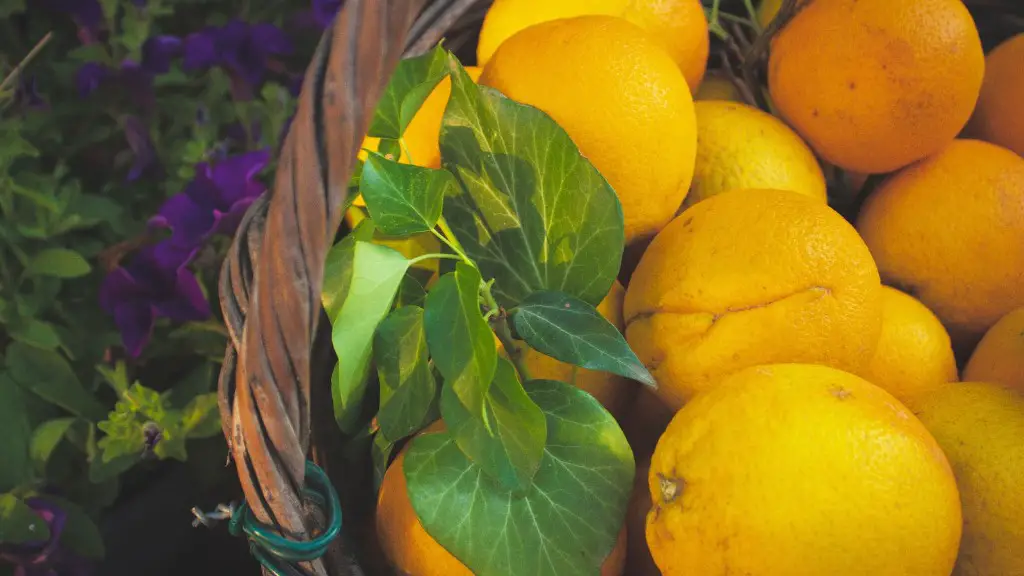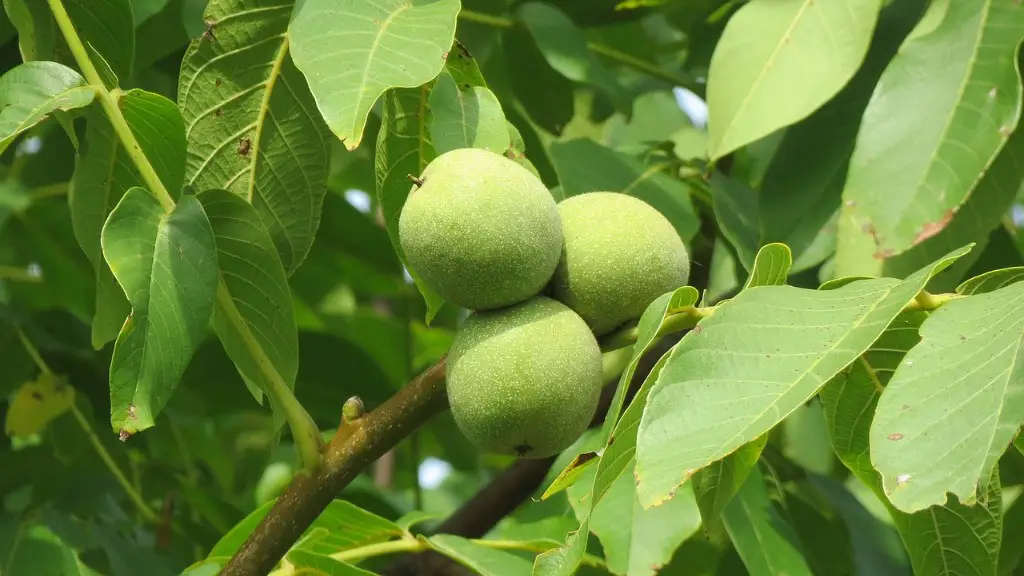The British climate generally has cool winters and mild summers, meaning it can sometimes be difficult to determine when to bring a lemon tree indoors in the UK. Though it may seem as though keeping a lemon tree outside as much as possible is the way forward, there are a number of factors to consider when deciding when to bring it in. It’s always best to keep an eye on the weather and prepare for changes in the forecast. It’s also important to be mindful of pests and the age of your lemon tree, as well as ensuring that you have the suitable environment for it indoors.
Temperature Considerations
When deciding when to bring a lemon tree inside in the UK, it’s important to consider the temperature – if temperatures drop to below 5 degrees Celsius for any length of time, you should think about bringing it indoors. Make sure the plants is carefully acclimatised and gradually shifted to a cooler environment so as to avoid leaf loss and frazzled, damaged petioles.
Pest Management
Bringing your lemon tree indoors is also beneficial for pest management, as a warm, moist environment is often host to pesky culprits such as red spider mite. Keeping your plant in a sheltered environment can stop pests dead in their tracks and stop infestations before they become a problem.
Young Trees
If you have a young lemon tree, it is recommended to bring it in for the winter months, as any drastic cold could have a damaging effect on the plants growth. Keep it in a sunny spot near a window and make sure to turn it regularly so that the foliage receives an equal amount of sunlight.
Environmental Considerations
Before bringing your lemon tree inside the UK, it’s best to ensure that it has the suitable environment inside the home. Though it might not be kept in the same spot all year round, make sure it won’t be facing any drafts as this could dry out the foliage. Also, make sure it won’t be placed in any really dark corners.
Making the Transition
When bringing your lemon tree in, it’s best to find a spot indoors where it’s not exposed to sudden temperatures changes. Leave the tree in the same spot for a couple of weeks and keep an eye on it – you may find it’s even more beneficial to gradually move it into the premises a few days at a time, so as to start acclimatising it to the new environment.
Watering Guidelines
When bringing your lemon tree indoors for the winter months, it’s important to make sure it’s receiving the right amount of water. This doesn’t necessarily mean an increase, as the reduction in light may lead to a decrease in water requirements. Make sure to keep the soil lightly moist and mist the foliage with lukewarm water once a week.
Using Specialised Equipment
To improve the success rate of keeping a lemon tree in the UK, you may find that investing in specialised equipment such as grow lights can be beneficial. These lights will allow the tree to receive the correct amount of light, even during the dark winter months.
Humidity Levels/Thermometer
In addition to specialised equipment, investing in a thermometer or humidity meter can also be beneficial, as this can help you assess the temperature and humidity of your lemon tree’s environment, enabling you to ensure that it’s the right environment for the plants.
Proper Fertilising
Fertilising your lemon tree correctly is vital for its year-round health and wellbeing. During the winter, lemon trees should be fed only lightly and with a source of slow-release nutrients to ensure that the tree is getting the correct nutritional balance. Applying too much nitrogen can lead to problems with the plant, such as stem and root death.
Getting the Right Container
When bringing a lemon tree indoors, it’s important to also consider the pot it’s in. Make sure it is not too small or too big, as this can cause additional issues down the line. The pot should also be made from a breathable material such as ceramic or terracotta, as this will enable the roots to breathe and therefore thrive.

